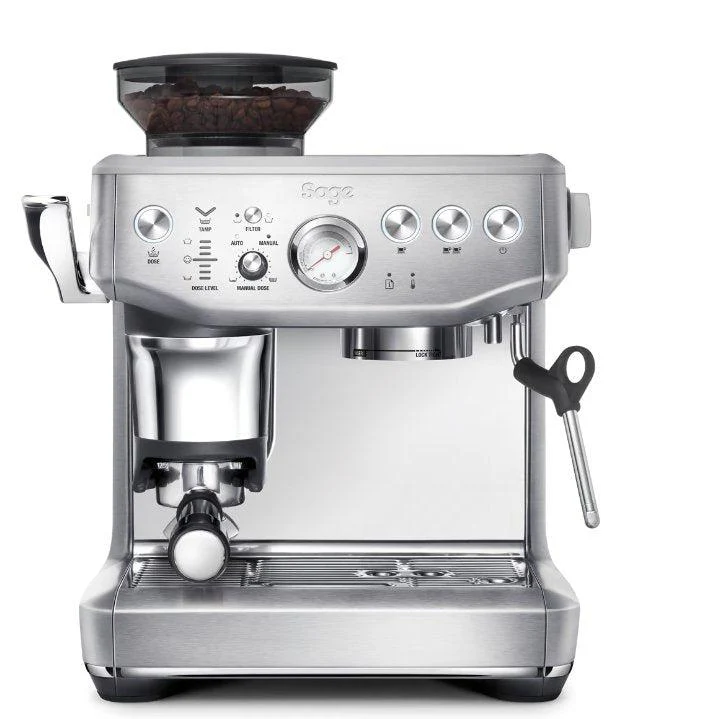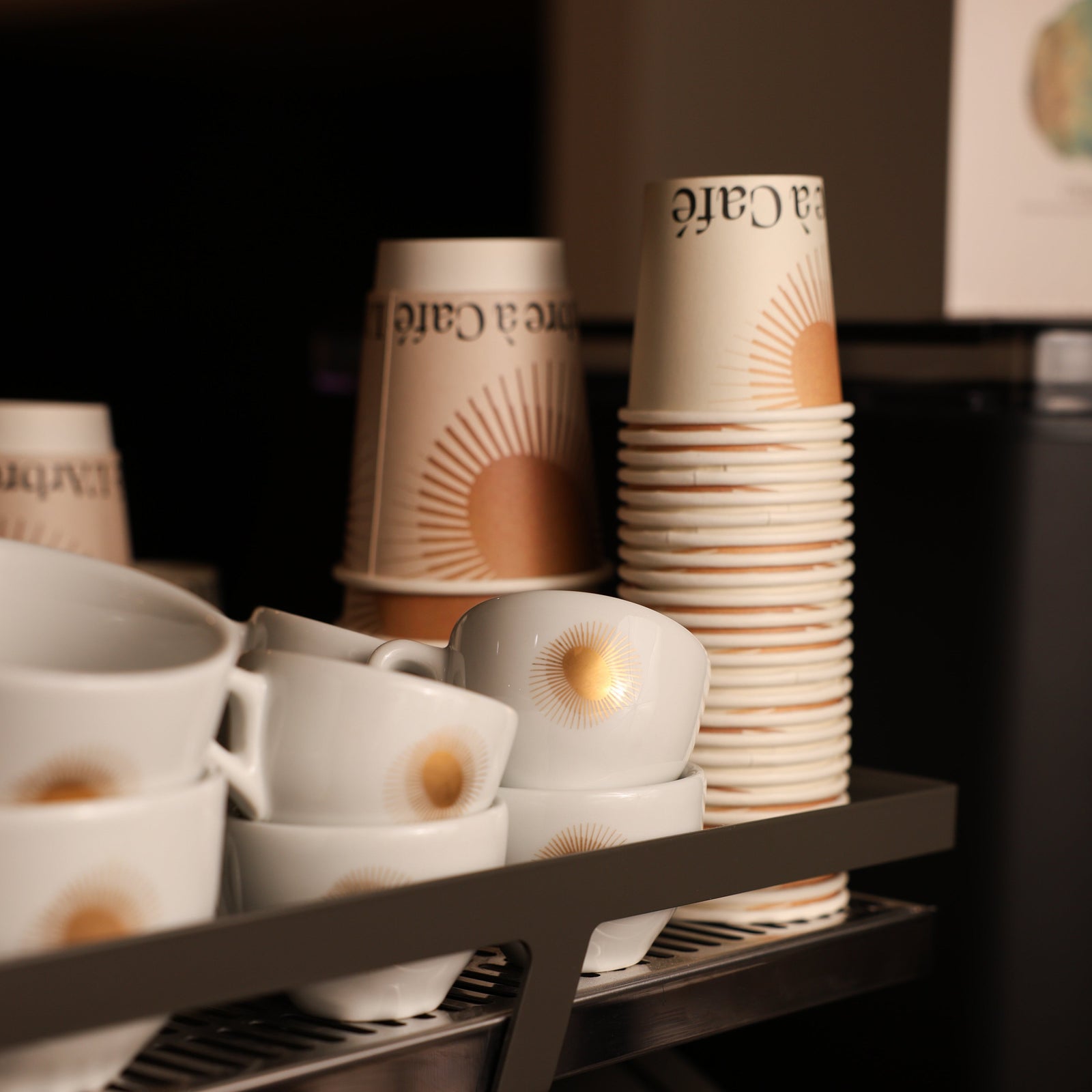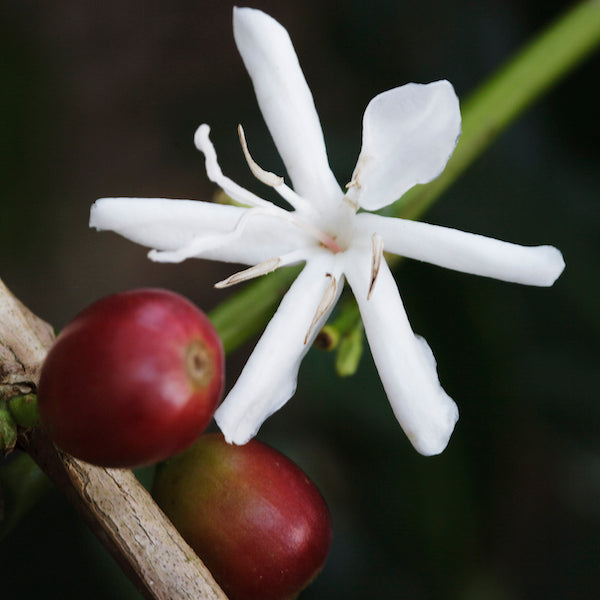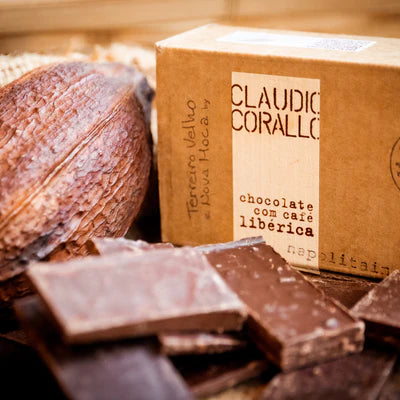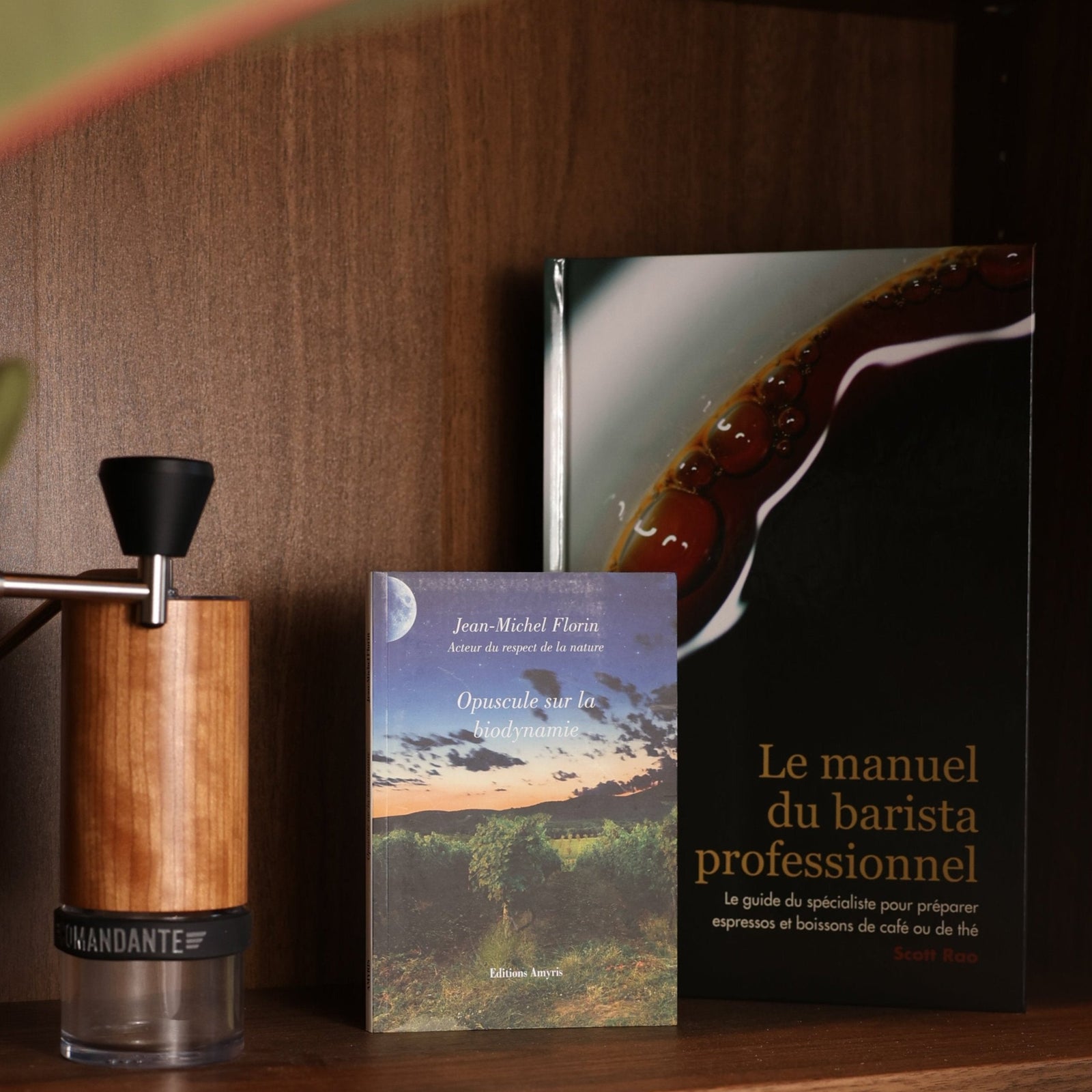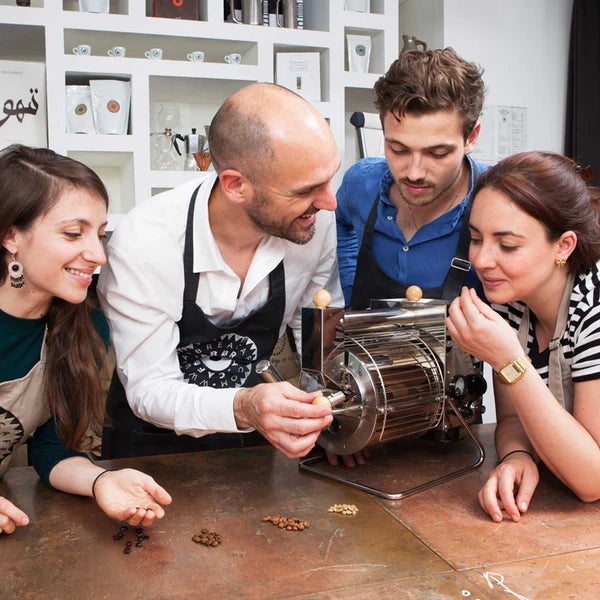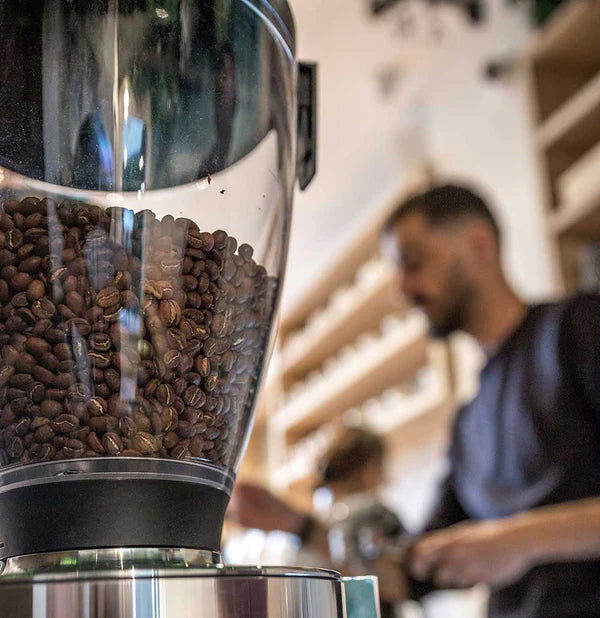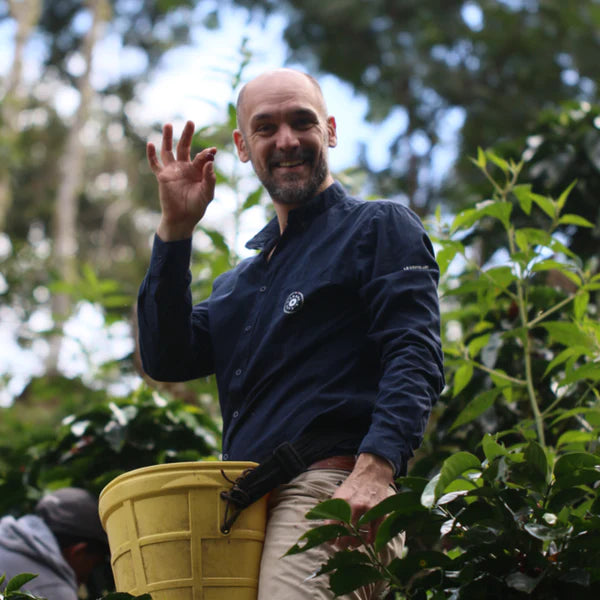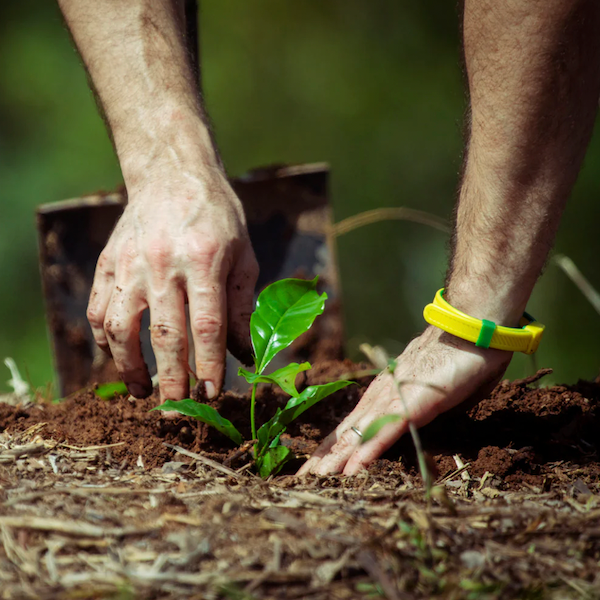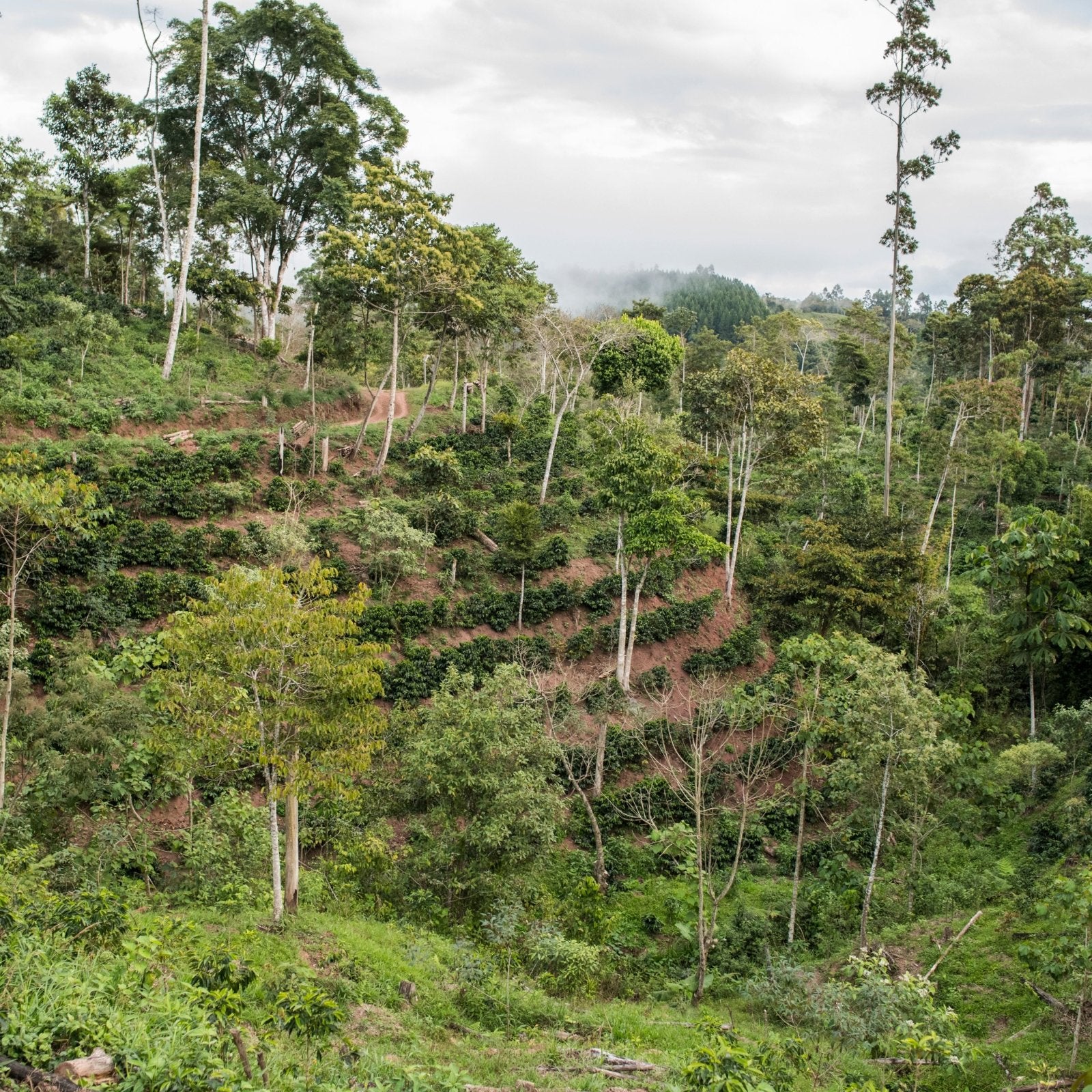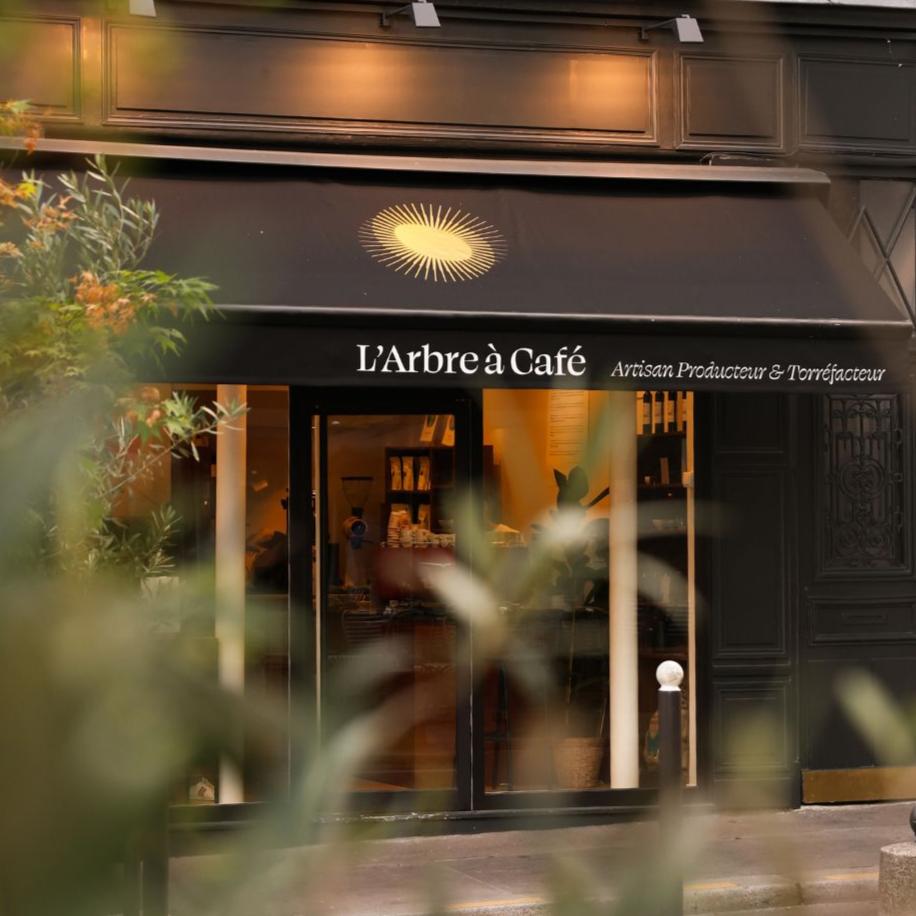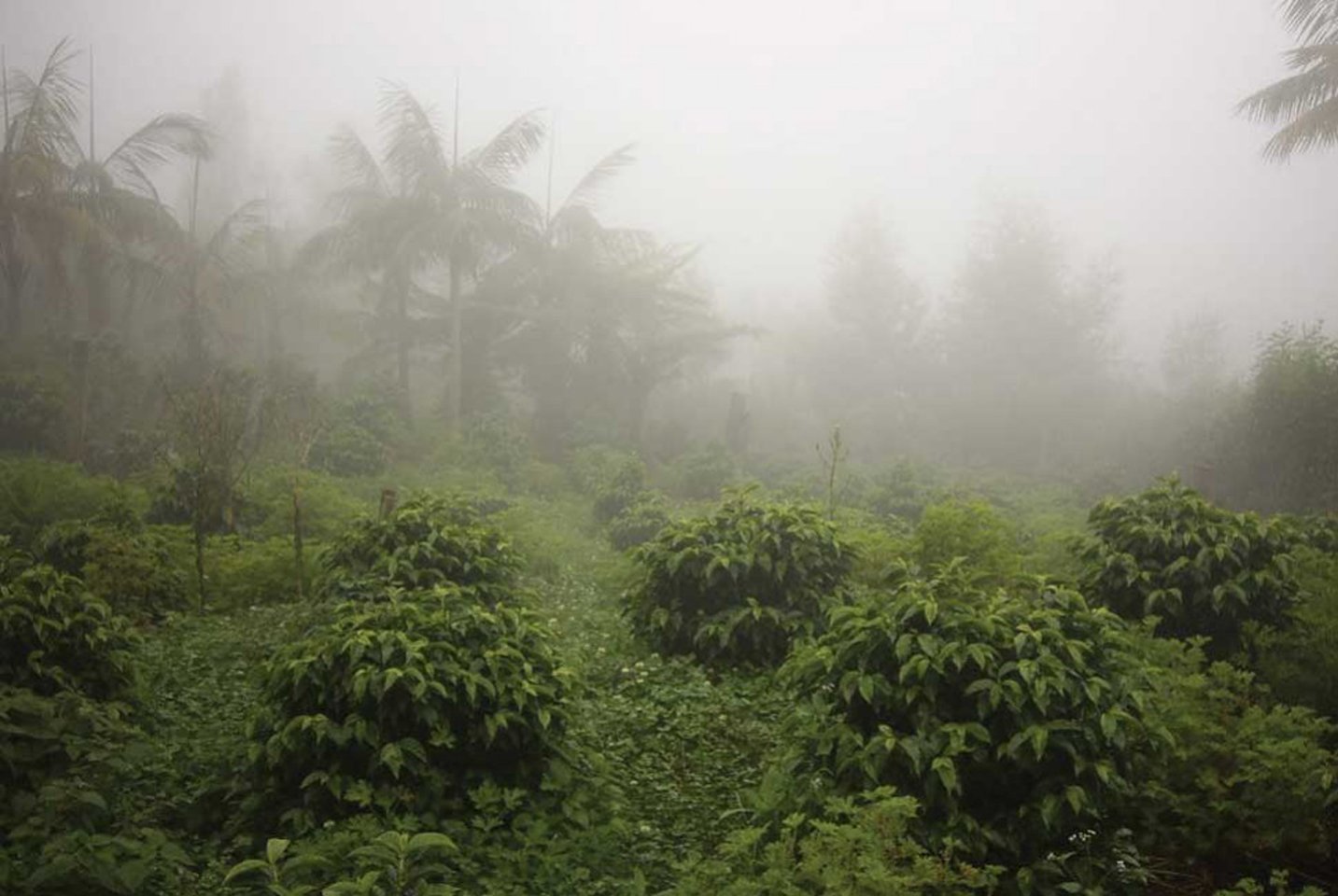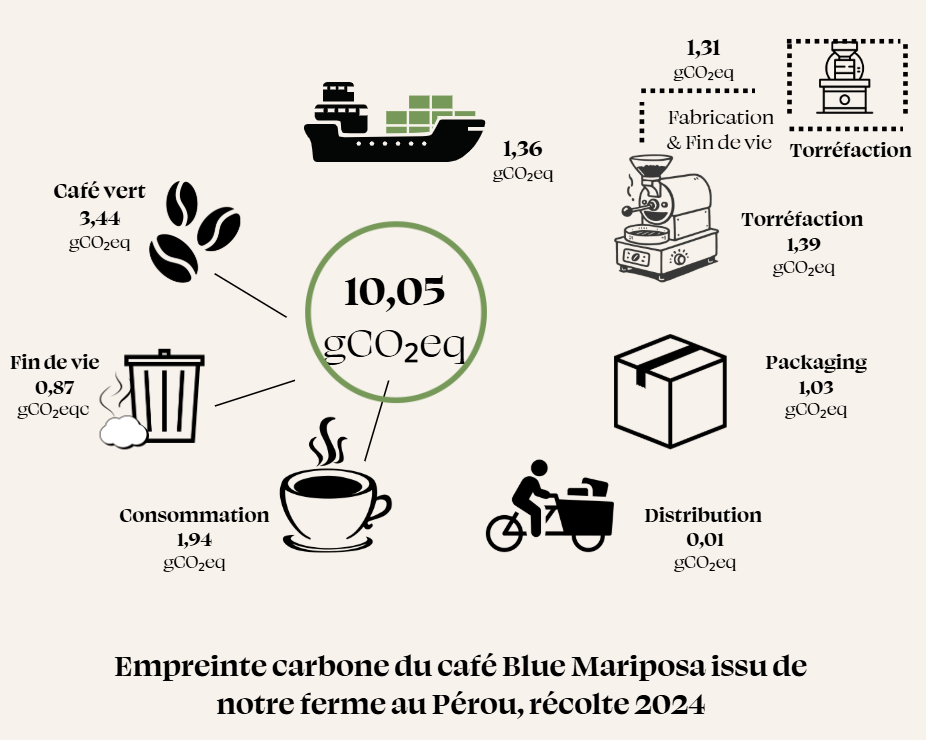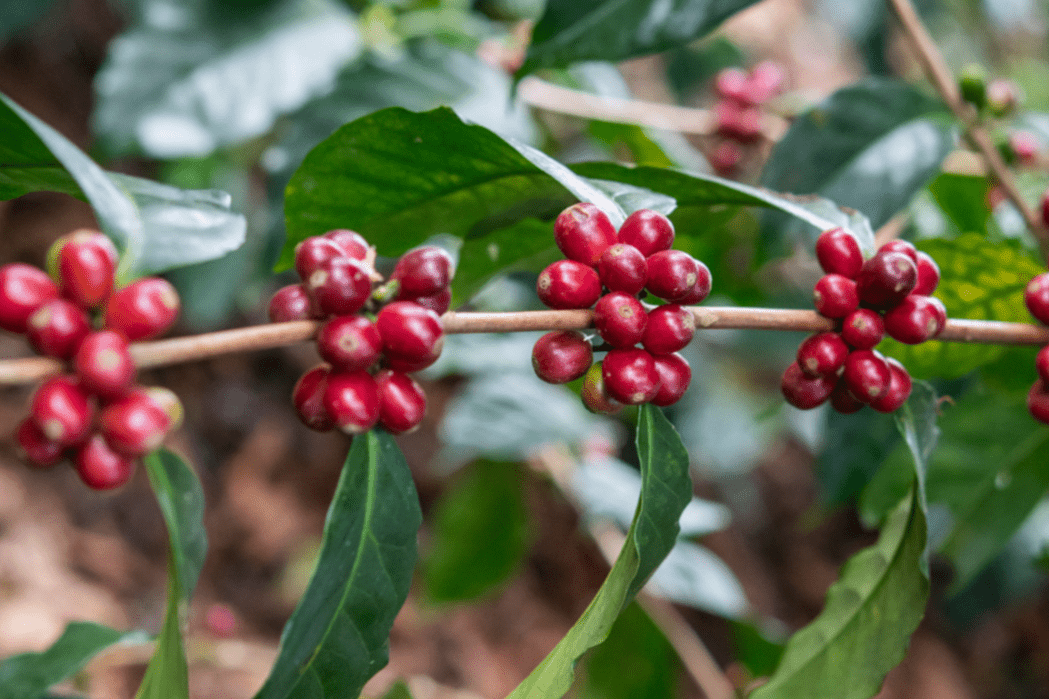The growth of its consumption, estimated at more than 20% per year, the dynamism of its micro-roasters or baristas, the multiplication of innovations, its rise in quality, the increase in sales prices, the marketing advances, and the large financial concentrations, make it one of the most attractive sectors of the moment. And this trend is not a one-off, but rather a lasting one, and is filling all observers with optimism.
However, this tree, as beautiful and as growing as it is, hides a more worrying forest which worries many of the actors of the sector, mainly the producers and those for whom the security of the flows is crucial: importers, traders and industrialists.
Climate change is not an empty word or a program for tomorrow, but a change of today that deeply and durably affects our daily lives. So much so that international organizations such as the ICO predict that 60% of coffee-growing land is directly threatened with extinction by 2060, and the prestigious journal Nature Plants announces a possible extinction of coffee by 2080. Also, the effects are extreme on a regional scale, as in Ethiopia, where all the land would be threatened in the next 40 years.
A bird of ill omen?
Not really, since the effects are already considerable. Pandemics are multiplying and ravaging national yards. Rust has ravaged more than 60% of the orchards in Guatemala, 40% of those in Honduras and El Salvador, plunging hundreds of thousands of producers into ruin and forcing them to abandon coffee growing (more than 100,000 in Guatemala alone). Africa is experiencing another pandemic than rust and if it were affected today with the virulence with which Latin and Central America was affected, it would not be able to recover structurally. Coffee growing would disappear from entire countries like Rwanda, Burundi or Tanzania.
Drought, torrential rains, pandemics and pest infestations are only symptoms of the same disease that plunges the market into great and real uncertainties. It is that if the demand increases, the production, it, decreases from year to year and the risks multiply. Thus, it lacks for 2017, 3 million bags, and the Brazilian production, first world producer, records for the second consecutive year a fall of its production.
And paradoxically, this announced shortage of coffee does not yet affect prices. These remain at historically low levels, which plunges many producers into poverty, forced to go into debt to fight against the effects of global warming by buying more chemical inputs, new varieties registered, equipment etc.. One sign is that the big industrialists buy above the market and set up, to justify or not this step, multiple certifications.
So what are the solutions?
Those of the industry and the agro-industrial world, of governments. The FAO, the World Coffee Research, theICO (International Coffee Organization) have for several years already pointed out the necessary directions to adapt coffee growing to climate change. According to them, there is no way out. It remains to act in particular within the framework of the Climate Smart Agriculture (CSA) program. The technical adaptation of crops to new climatic and sanitary parameters: new hybrid varieties or those derived from somatogenesis, while waiting for the GMOs under development, more tolerant to pandemics and especially to rust: Castillo, Marsellesa in particular, or F1 hybrid. Modern agricultural techniques. Support to producers. Many of these institutions also encourage the migration of coffee-growing areas to higher or more temperate regions. Finally, these institutions sometimes timidly put forward initiatives such as those of Nica-France and the Moringa Fund around coffee growing combining high technology, high yields and agroforestry. Even a book such as The Craft and Science of Coffee, written by numerous industrialists, insists on this obligatory adaptation to new natural constraints, and if it reviews, very quickly, the different production labels, it does not mention some of them. Those which seem to us to be the most relevant and above all the most convincing however.
In view of the extent of the threat and the extremely strong and immediate nature of the impacts of climate change, it is intellectually and practically impossible to attempt only one solution, to open only one field of possibilities. Especially since this path, so highly technicalized, requires financial investments and technical resources that are accessible only to large structures, leaving modest producers no other choice but to give up production. However, coffee growing, like nature itself, is characterized above all by the diversity of agricultural practices and contexts (90 producing countries) on the one hand, and by small-scale farming (70 million producers in the world) on the other.
It would be neither reasonable nor desirable to rely on only one type of paradigm, the same one that, according to many analyses, has the effect of accelerating climate change and coffee abandonment.
The Next Step Coffee project therefore aims at the concrete promotion of agricultural alternatives. Concrete because it is based on real, recognized and effective achievements, and not the least. These alternatives are sustainable, profitable, honest, social and ecological. This is what we call the Next Step Coffee.
Next Step Coffee is the coffee of the future that some of the greatest coffee growers are making today.
The one of a quality never reached until now because of its taste, economy, environment and humanity.
Sustainable agriculture is its credo, especially biodynamic agriculture. The Next Step Coffee is a coffee produced in a natural way without any input and turned to high quality, allowing the autonomy of producers and having as a driving force innovation and sharing.
Is this just another sweet dream?
NO, because the market for Demeter-labeled coffees is exploding and products from sustainable agriculture such as permaculture are in real demand.
NO, because producers no longer have the choice but to invent or integrate agriculture without exogenous costs, because they no longer have the means to do so and market prices no longer leave them the choice.
NO, because the plantations need agricultural methods that create soil (it is estimated that the organic matter rate in the soil of Tarrazu and Minas Geiras is less than 1%), avoid leaching and salinization of the soil, and are profitable and guarantee additional income.
NO, because consumers want it. In France, the latest studies show that more than 60% of French people are ready to spend more to have a better quality for their health, because 93% are convinced that chemical inputs have a bad impact on their health.
NO, finally, because the entire specialty coffee industry sanctifies the farmers who practice these alternative methods.
The proof?
Out of the 15 biodynamic plantations in the world, 2 won the Cup Of Excellence in their respective countries (Brazil and Mexico) with the highest scores ever achieved in those countries. El Equimite (4 first places) and Camocim. The one of Chakra Do Dago is part of the best 30 in Peru, while the first positions were taken by certified organic farms. Another, Baalmadie estate, is regularly ranked as the best coffee in India. Finally, what can we say about the coffees of Jamison Savage and his Finca Deborah in Volcan, Panama, which are literally snapped up.
Biodynamics is therefore surprisingly abundant, qualitative and valued for the tiny part it represents in production. 15 producers out of 70 million, and yet which ones!
For a long time, biodynamic coffee growing, like organic coffee growing, was essentially focused on the demand for commercial coffee, combining organic and fair trade. For a long time, quality was not its goal. Only the ecological and social aspects were important.
For the past ten years, the producers with whom L'Arbre à Café works have been committed to producing the best coffees in the world, in every sense of the word. Better for business, better for the land, better for the workers, better for quality, better for everything.
The time has come to bring these producers together in a pioneering group and share information, methods and enthusiasm to accelerate the realization of Next Step Coffee.
Next Step Coffee is a community of pioneers, farmers practicing biodynamics on their coffee plantations, aiming for high quality, sharing their practices and working together for a better world. This community is open to all coffee and sustainable farming professionals.
It is dedicated to the promotion of high quality biodynamic coffee, and has as its means the book Coffee Next Step, an introduction to biodynamic coffee(to be published in May 2018), the Farmer Hand Book (sum of the experiences of producers and specialists), cuppings, farm visits and workshops.

